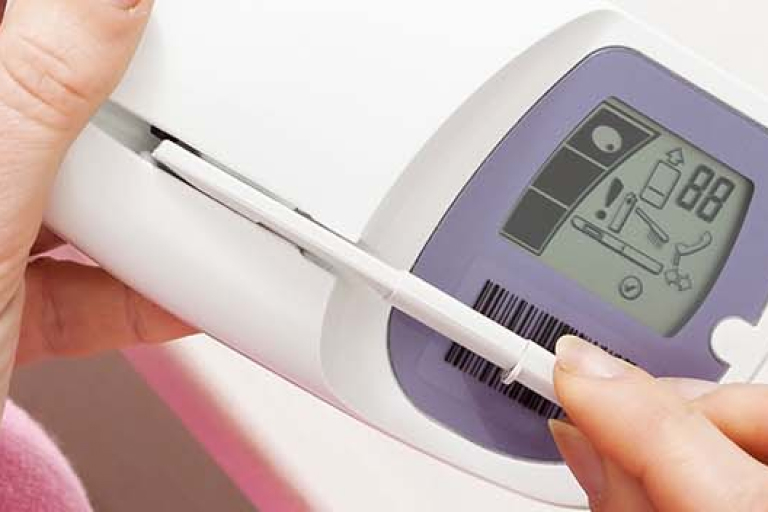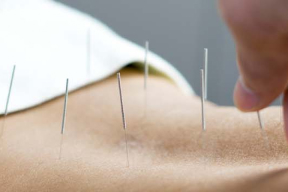What is a fertility monitor?
There are now dozens of different fertility monitors on the market and the different brands use a variety of methods to measure fertility.
The simplest fertility monitors will show either a red or green light when analyzing a test stick used to measure hormones in urine.
Other more complex fertility monitors record a series of measurements over time, either of urine test-sticks, temperature, or saliva. Then it highlights your most likely fertile period.
The most common method used by fertility monitors is disposable test sticks which are dipped into urine to measure hormone levels, usually luteinizing hormone (LH).
Many fertility monitors use thermometers to identify the rise in body temperature that occurs a few hours after ovulation.
Some fertility monitors measure hormone levels in saliva. This can be done by measuring ferning patterns, or even electrical resistance of saliva.
How does a fertility monitor work?
Ovulation is triggered by a rise in the level of several hormones, including estrogen and luteinizing hormone (LH). This rise happens a few days before the egg is released and can be measured in changes in some bodily fluids.
Some fertility monitors measure the levels of one or both hormones in your body by testing a few drops of your saliva or a few drops of urine so that you can see when this hormone surge occurs.
Which fertility monitor is the best?
One of the best-selling fertility monitors uses urine test sticks. The fertility monitor includes a small supply of test sticks, but you do need to continue purchasing test sticks if you use the monitor over a period of time.
Other monitors rely only on changes in body temperature or saliva and don’t require the purchase of additional refills.
Recent developments include the release of a fertility monitor which uses a skin patch to record and analyze your body temperature thousands of times in a day to give a far more accurate indication of ovulation.
However, in general, the more complex and detailed the fertility monitor is, the more costly it will be.
Can a fertility monitor be used for birth control?
The information of this article has been reviewed by nursing experts of the Association of Women’s Health, Obstetric, & Neonatal Nurses (AWHONN). The content should not substitute medical advice from your personal healthcare provider. Please consult your healthcare provider for recommendations/diagnosis or treatment. For more advice from AWHONN nurses, visit Healthy Mom&Baby at health4mom.org.










